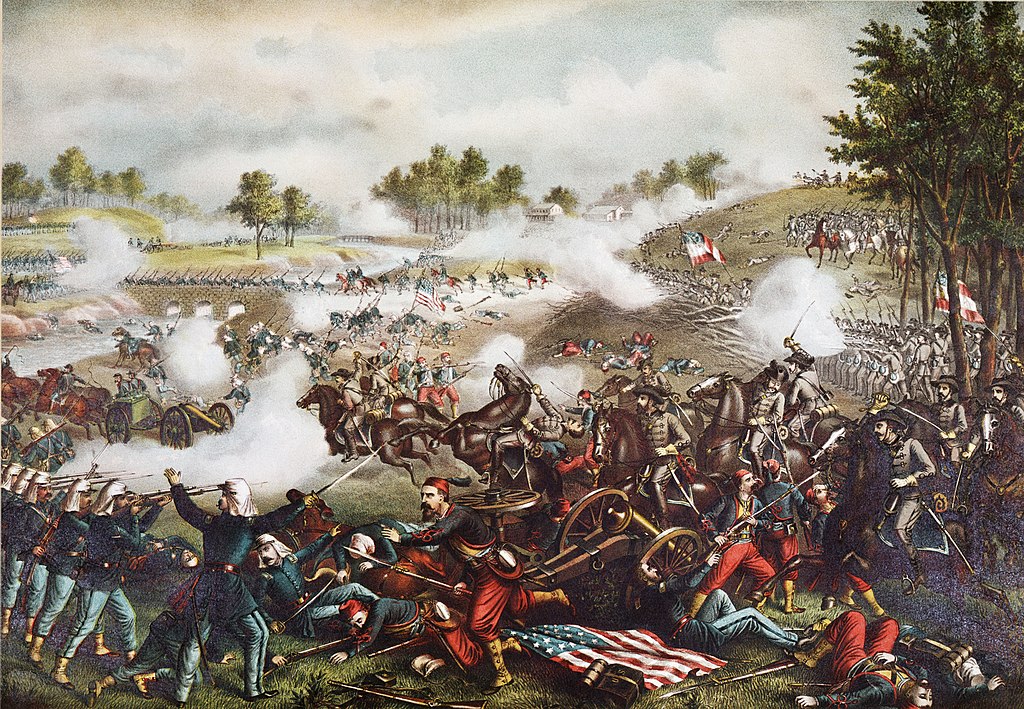The automobile question is becoming more and more interesting daily, and signs are not wanting that our warning of some months ago to the automobilists to be careful lest they arouse the animosity of the public by a careless attitude toward the rights of the latter was not without justification. We had hoped that the devotees of this sport would of their own initiative impose such restrictions upon the pursuit thereof as would conduce to the public safety and their own popularity. This they do not seem to have done, and with the multiplication of accidents in the public highways much indignation against them is accreting which before long may burst forth in an overwhelming torrent of wrath. One correspondent offers a thousand dollars to be used in the organization of a troop of minute-men armed with rifles, who shall stand on street corners and pick off automobilists as they pass, much as the minute-men of ’76 picked off the offensive redcoats of the British army.

